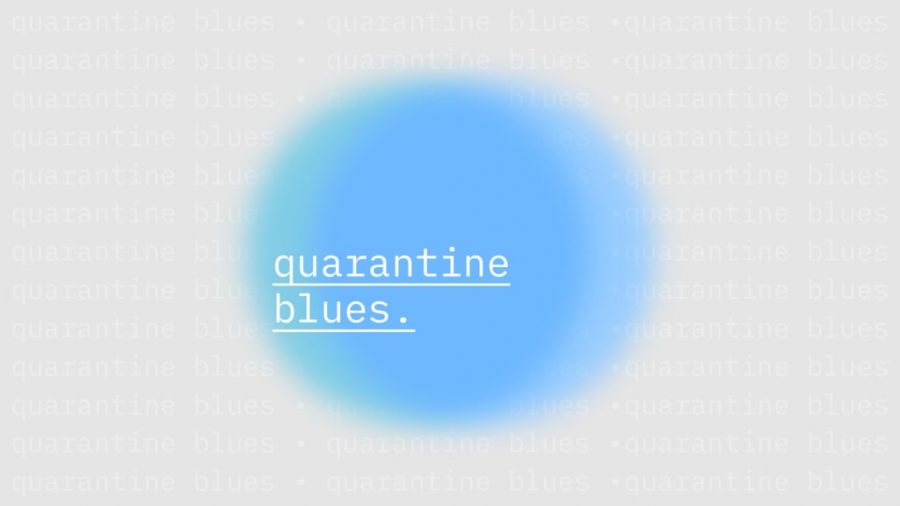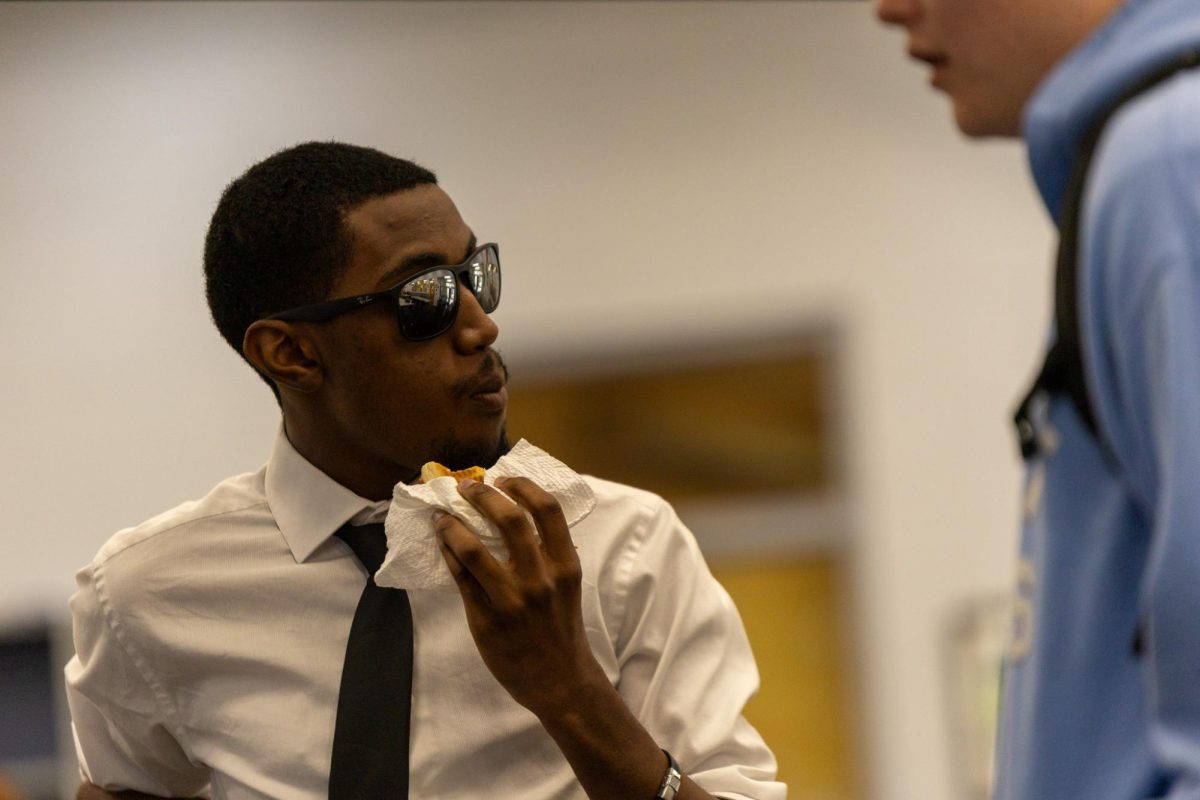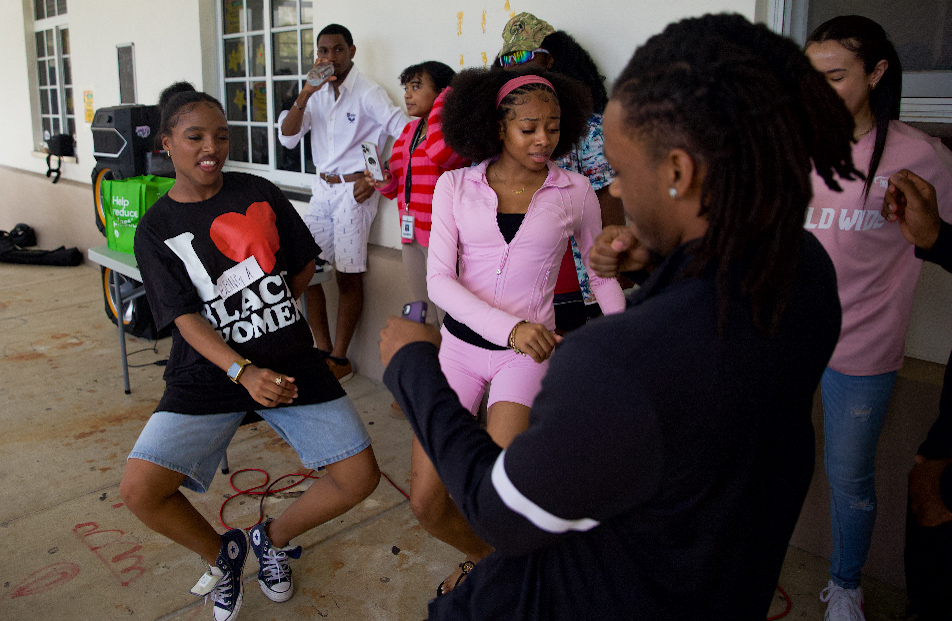The phrase “summer vacation” evokes images of students running out of school buildings, throwing papers in the air, and rushing to crowded beaches (that’s the expectation that “High School Musical” set for us at least). Needless to say, summer 2020 was a little different. The coronavirus pandemic forced people around the world into a “new normal” of wearing masks, social distancing, and quarantining as early as March.
Among the many problems that have arisen during the pandemic, the consequences of physical isolation on adolescents’ mental health have become increasingly apparent. Since Governor Ron DeSantis ordered the statewide lockdown in April, socializing with peers has become a rare event.
A survey conducted by the National 4-H Council questioned 1,500 teenagers and found that 70 percent reported struggling with their mental health due to the pandemic. 45 percent reported experiencing excess stress, and 43 percent reported feelings of depression.
Mental health professionals are picking up on these trends. “A lot of my clients struggled with being so isolated and not being able to be present with their friends,” Heather Coll, a practicing psychotherapist in Lake Worth said. “A prolonged period of social isolation is not healthy […] Having that social interaction is really necessary for good mental health.”
With approximately 72 percent of Dreyfoos students continuing distance learning this school year, these effects have hit close to home. “It’s tough because I sit in this chair at my desk staring at a screen all day,” vocal sophomore Sophia Burnston said. “It just feels so monotonous.”
Burnston is not alone. In a survey of 300 students conducted by The Muse, approximately 45 percent of students reported that quarantine has negatively impacted their mental health.
As Governor DeSantis moved the state into Phase 3 of reopening last month — which has caused a spike in cases — it is uncertain how long it will be before all students are back in their classrooms. While they wait, students have tried to break their quarantine slump through different activities.
“I think it really is important to try to add variety into your daily life,” Burnston says. “I’ve taken over making dinner at my house. I used to be a terrible cook, but at least I’m learning and trying a variety of different things.”
If this year has taught us anything, it’s that nothing is certain. Things are always changing and it can be easy to feel hopeless, but that is why it is so important — now, more than ever — to take care of our mental health.
The CDC recommends that teens who are struggling with their mental health during the pandemic go outside, keep a schedule, and try to connect with others while maintaining social distancing.
“We want to make safety pivotal, but we want [kids] to be able to interact,” Coll says. “My recommendation for my clients [is] to try and connect with people virtually and try to socialize, but do so as safely as possible.”



























































